The McLaren 720S will be a faster, lighter, roomier, more aerodynamic Super Series model than its predecessor, the 650S, with the brand promising it will “redefine expectations of supercar excellence”.
McLaren has now launched a digital configurator for the 720S, which allows users to design a car online.
The car’s debut at the Geneva motor show happened just weeks after the Woking firm, which is increasingly seen as a serious threat to Ferrari’s supercar supremacy, announced a doubling of its 2016 volume and that its total sales in five years had passed 10,000 units.
The 720S will replace the 650S as McLaren’s new core model and is the first of 15 new-generation McLarens, half of which will be hybrids, promised by 2022 under CEO Mike Flewitt’s ambitious Track 22 development plan. The new model is McLaren Automotive’s first replacement for an existing model since opening for business in 2011 and putting its first car, the 12C (which became the 650S), into production in 2012.
The 720S obeys all existing McLaren design rules. It is a two-seat supercar based on an all-carbonfibre tub, with aluminium space frames carrying the front and rear suspension, and it is powered by a twin turbocharged V8. However, within that envelope, it has been redesigned and updated in every detail. The exterior introduces a new ‘double skin’ door construction that eliminates the need for the prominent side air scoops previously thought essential in supercar design, while the engine grows to 4.0 litres, up from 3.8-litres, and now produces 710bhp.
McLaren has already begun taking orders, with the first cars due to be delivered in May. The entry price in the UK will be £207,900.
All 400 units of the Launch Edition version have already been sold. McLaren expects to sell 1200 720S models this year including the 400 Launch Edition version and 1500 units from next year.
MSO
McLaren Special Operations (MSO) has released a bespoke 720S Velocity model to showcase the amount of personalisation available to its customers. The MSO model gets new paint options, lightweight alloys finished in bronze, and exterior carbon fibre parts. Inside, it has gets a Carbon Black Alcantara trim.
The 720S Velocity has no mechanical differences and costs around £335,000 as an MSO commission, which is more than £100,000 more expensive than the entry-level 720S.








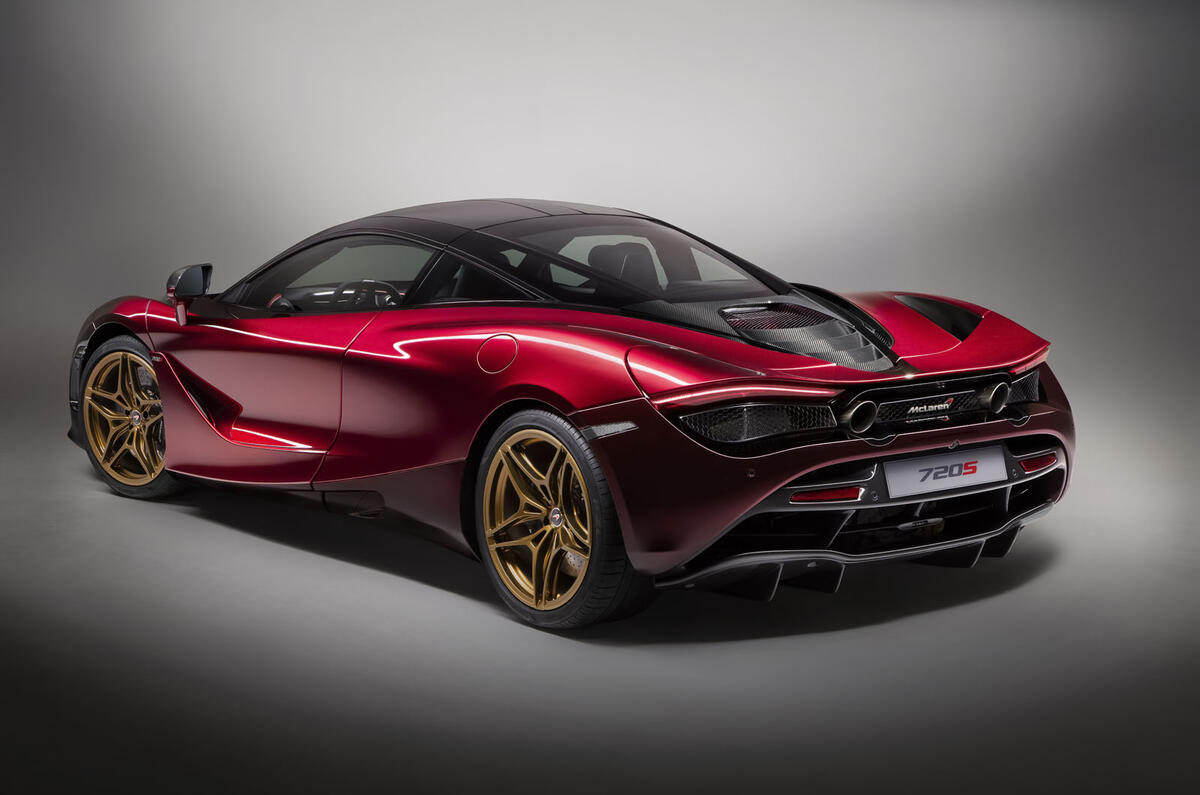

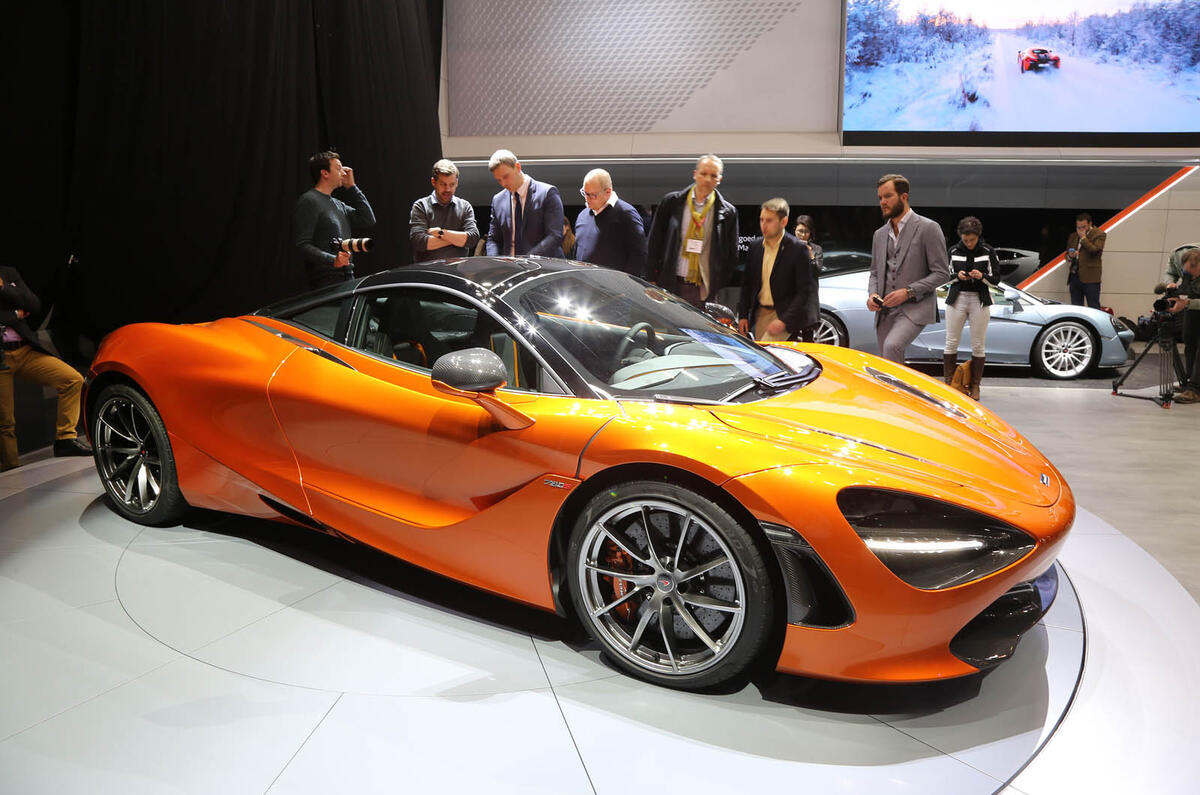

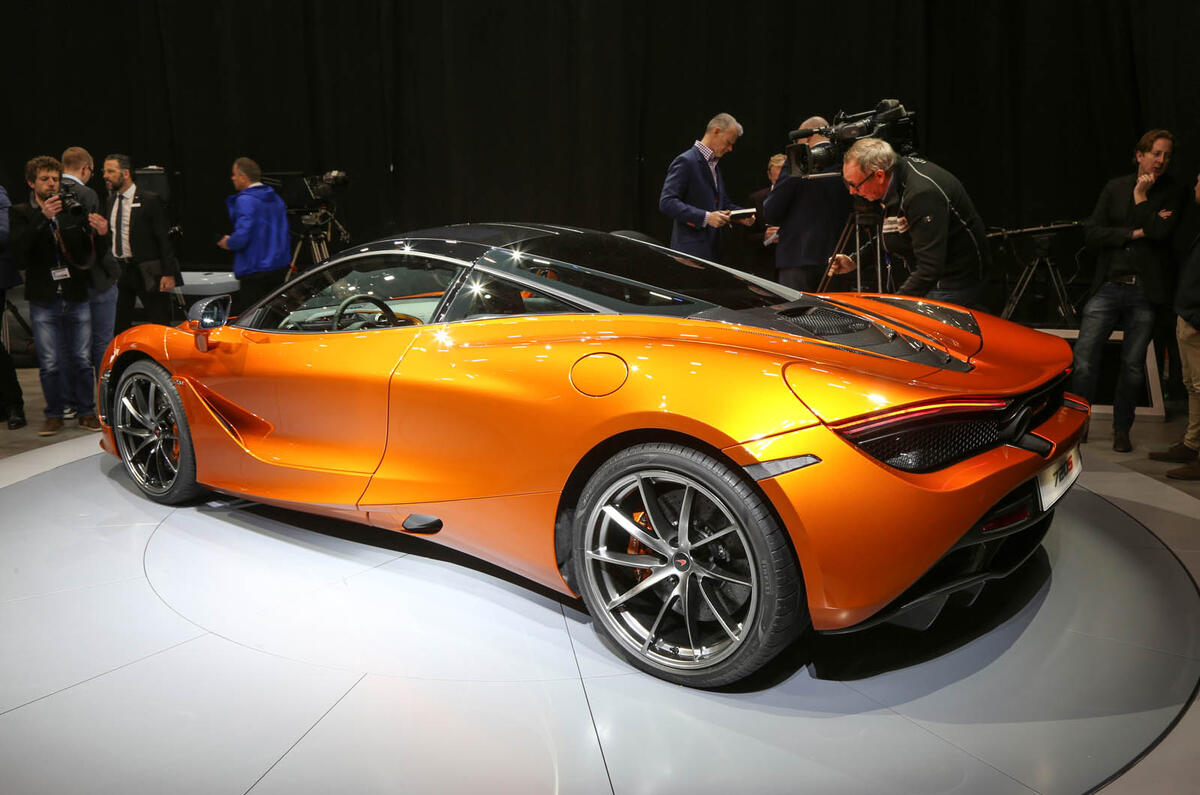








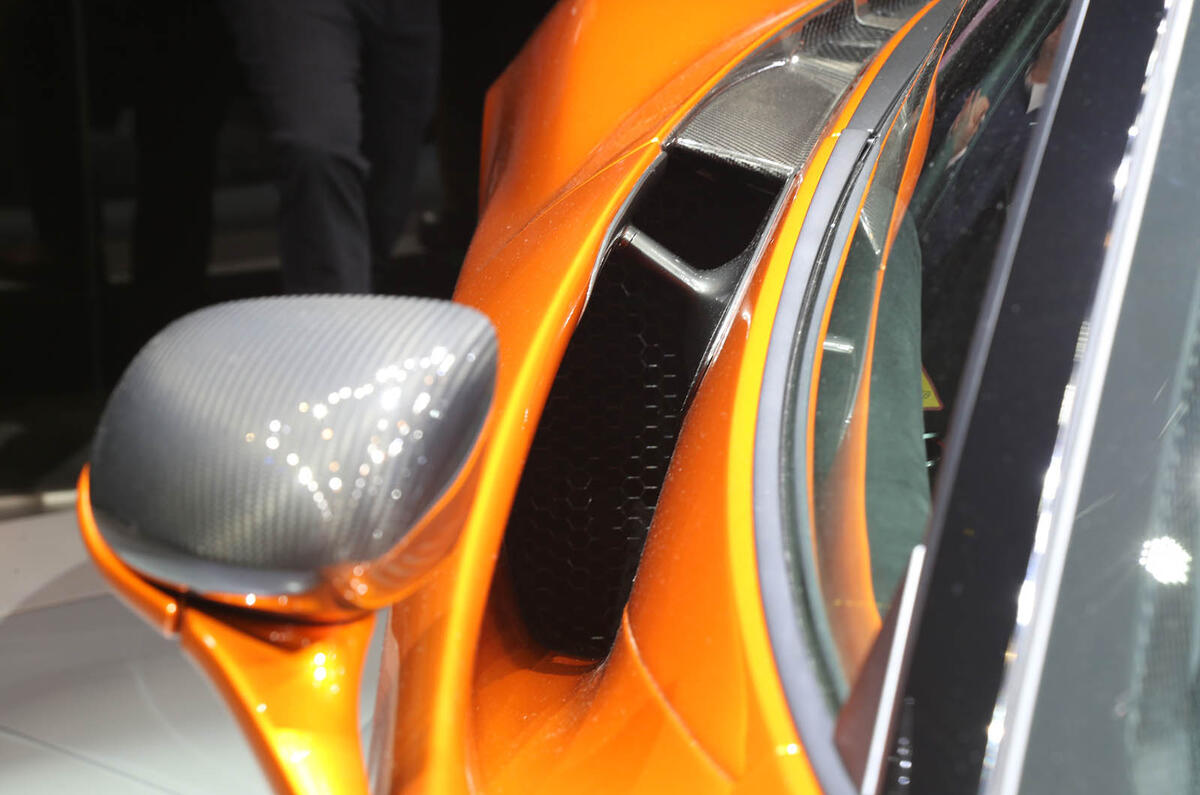











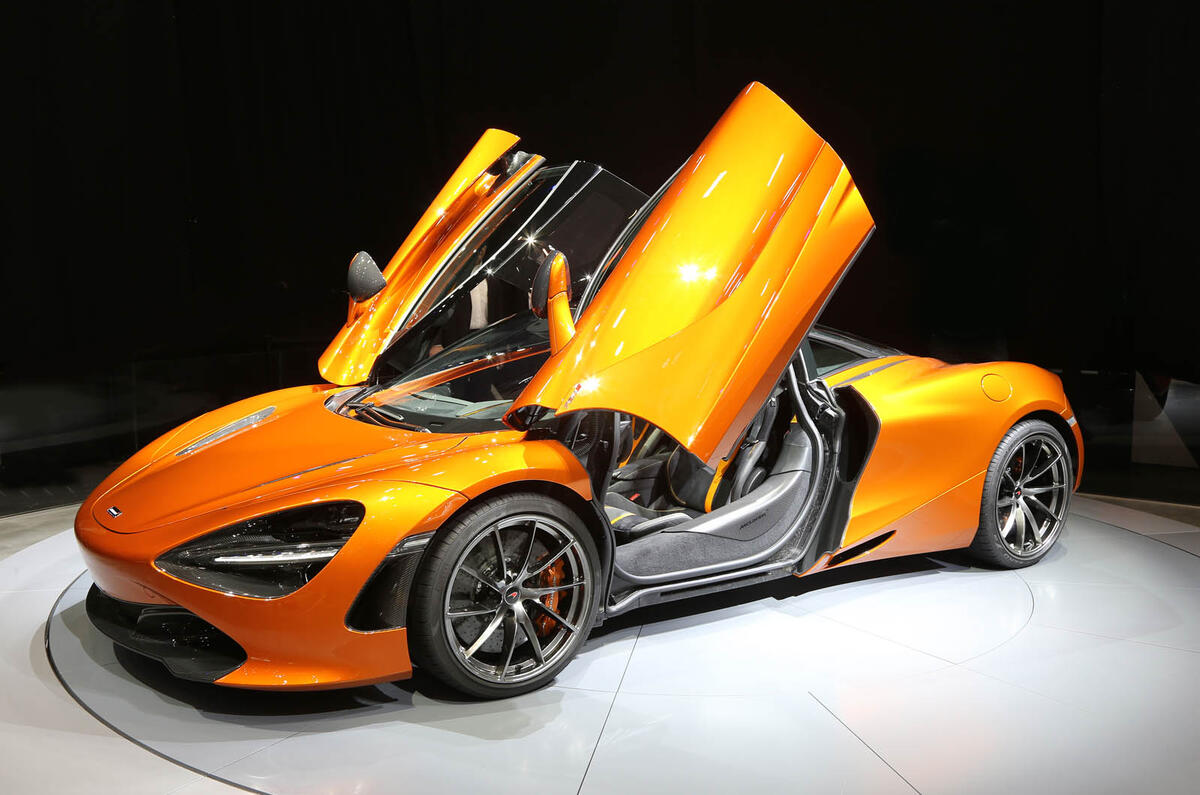


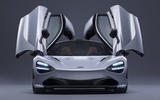







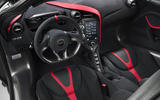




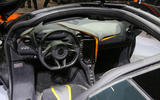

































Join the debate
Add your comment
I've realised what the front
The more I read this the
Has to be in black
Black or not?)